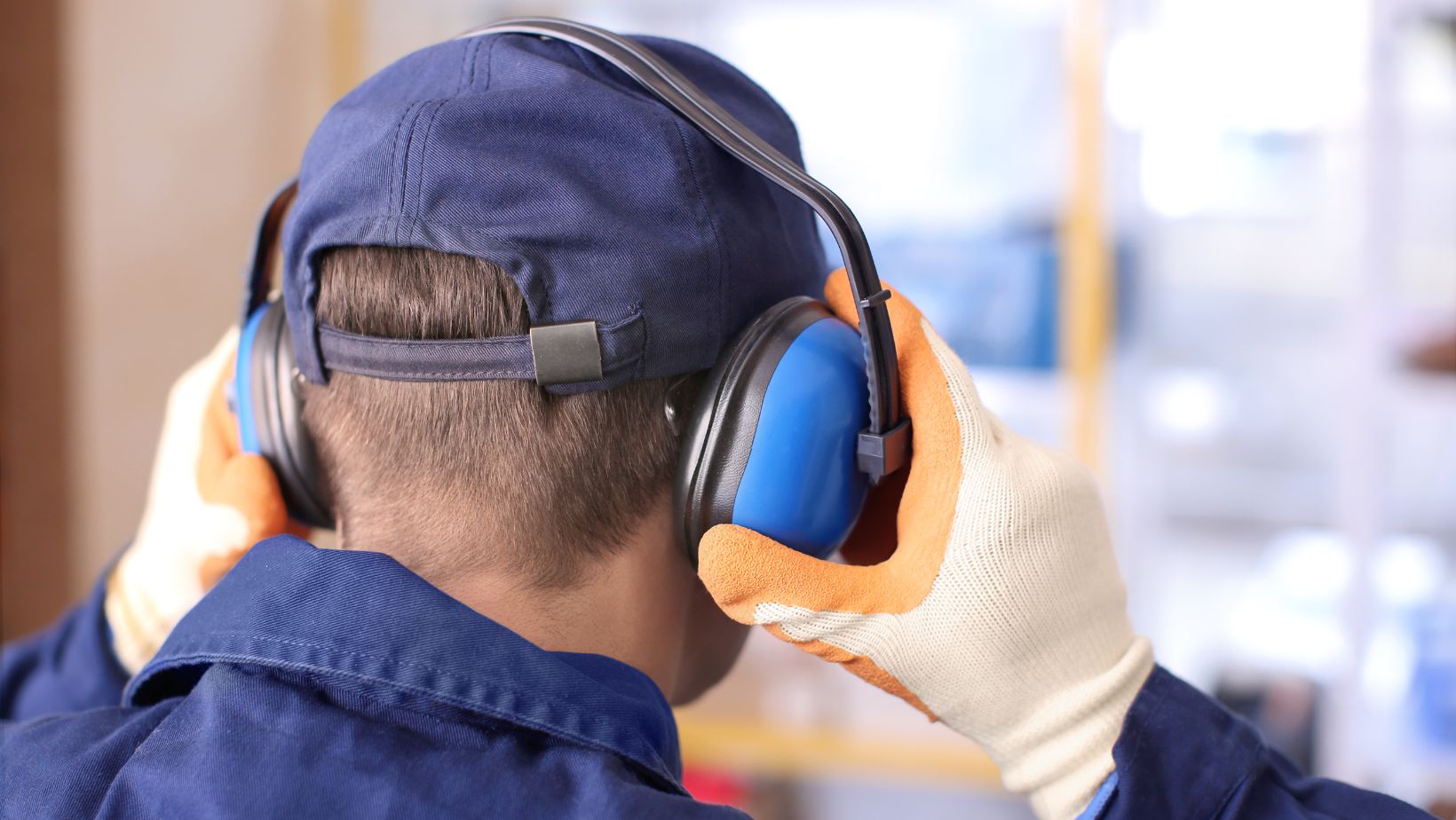Many Canadian workers are exposed to potentially hazardous noise levels every day, often without realizing the long-term risk. This kind of prolonged noise exposure can lead to permanent hearing loss, a condition that impacts not only your ability to perform your job but also your overall quality of life. The good news is that using proper hearing protection is a simple and effective solution. In many provinces, it’s also required by law.
This post will guide you through identifying noise hazards at your job, choosing the right equipment, and adopting healthy habits to preserve your hearing for years to come.
Recognizing Dangerous Noise Levels at Work
How loud is too loud? Generally, consistent exposure to sounds over 85 decibels (dBA) can cause noise-induced hearing damage over time. For context, that’s about the noise level of a busy city street or a gas-powered lawnmower. Common sources of high-decibel noise in the workplace include heavy machinery, power tools, construction equipment, and various industrial processes.
There are a few clear warning signs that your workplace might be too loud:
- You have to shout to be heard by a coworker standing an arm’s length away.
- You experience a ringing or buzzing sound in your ears (tinnitus) after your shift.
- You notice temporary hearing difficulty after leaving work.
Under Canadian occupational health and safety regulations, employers have a legal duty to manage noise exposure. This often includes providing effective hearing protection when noise levels cannot be sufficiently reduced.
Types of Hearing Protection for the Workplace
Choosing the right gear is essential for occupational hearing safety. Not all protection is created equal, and the best choice depends on your specific environment and needs.
- Earplugs: These are inserted into the ear canal. Foam plugs are disposable and expand to fit, while pre-molded silicone plugs are reusable. For the best fit and comfort, custom-molded earplugs are made by a hearing professional to perfectly match the shape of your ear canal, offering superior protection.
- Earmuffs: These devices cover the entire outer ear to block out sound. They are easy to put on and take off, making them ideal for intermittent noise exposure. They can sometimes be more effective than earplugs for certain noise frequencies, but they can feel bulky in tight spaces.
- Combination Protection: In extremely loud environments, using both earplugs and earmuffs provides the highest level of safety.
For any device to work, it must fit correctly. A poor seal can render even the best equipment ineffective. A hearing professional can help ensure you have a proper fit. Regular replacement is also key, as materials can degrade over time.
Building Healthy Hearing Habits
Beyond wearing the right gear, you can take other steps to prevent hearing loss.
- Take regular breaks from noisy areas throughout your workday, if possible, to give your ears a rest.
- Schedule a periodic hearing test to monitor your auditory health and catch any changes early.
- Keep music at safe volume levels when using headphones, and use hearing protection during concerts or other loud events.
- Always report any safety concerns, like missing or inadequate protective equipment, to your supervisor.
Protect Your Most Valuable Asset
Your hearing is irreplaceable. Making a small effort to use proper hearing protection is a simple investment in your long-term health and career longevity. Remember, occupational hearing loss is permanent, but it is also almost entirely preventable with the right precautions.
Take a moment to assess the noise levels in your work environment. If you think you are at risk, speak with your employer about the safety measures in place.
To ensure you have the best protection possible, contact us to schedule an appointment for a hearing test or a custom hearing protection fitting today.

